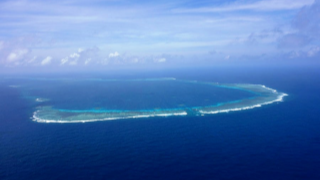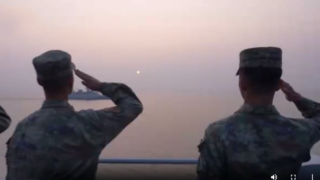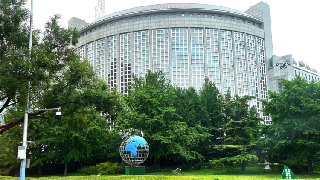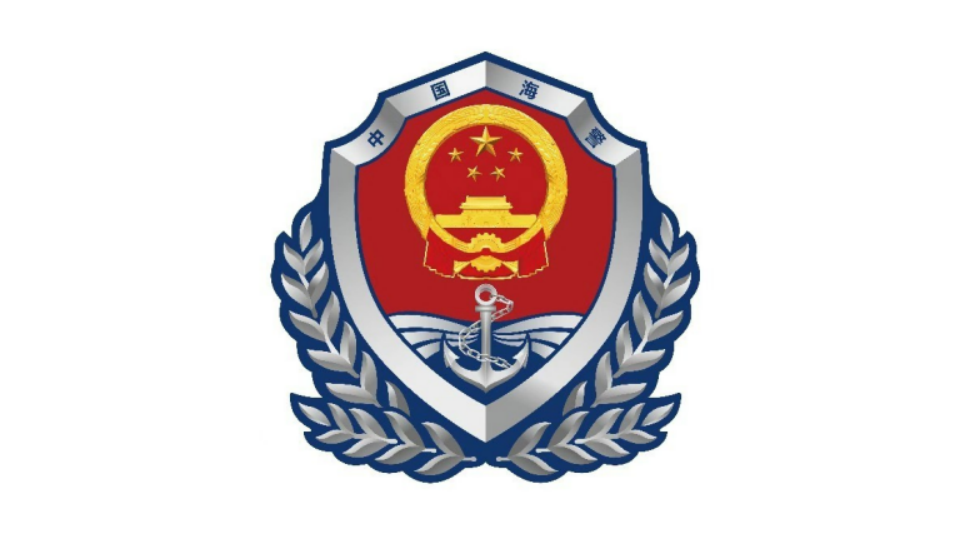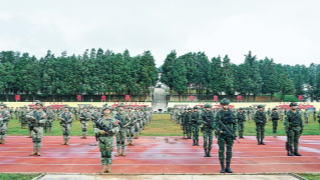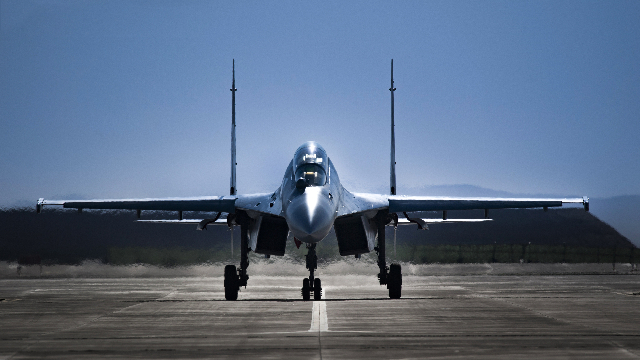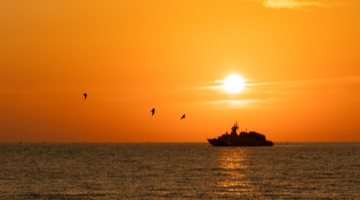By Li Ci
As one of the 12 founding members of NATO, Canada was once the so-called "backbone" of NATO. However, as the international situation develops, the country has rarely been able to "contribute" to NATO in terms of resources and capabilities and has been criticized by its allies for being unwilling to assume obligations, according to US media reports on November 7. Since taking office, Canadian Prime Minister Justin Trudeau has attempted to make changes, emphasizing that Canada should take on a greater responsibility in NATO's collective security. However, this vision has largely remained unfulfilled.
Canada was a significant force in ensuring the security of North America and Europe and was regarded as a "middle power" among NATO members when NATO was founded. Canadian troops were stationed across Europe and frequently participated in NATO military actions. Following the end of Cold War, Canada began reassessing its defense spending and obligations and substantially reducing the size of its armed forces and military budget, which weakened its responsiveness to NATO operations. As a result, Canada's role in NATO has gradually become marginalized and it has shifted from being able to provide timely and large-scale support to being a marginal member.
Analyses from NATO and Canadian think tanks on the decline in Canada's military capacity indicate three primary causes.
First, Canada's military spending as a percentage of GDP has never reached the 2% standard set by NATO but has long hovered around 1.3%. The US and other NATO members have repeatedly urged Canada to increase its military spending.
Second, Canada's equipment modernization cannot keep up with global military technological advancements. It is reported that the Canadian government lacks the resolve to prioritize defense matters, resulting in delays, bureaucratic inefficiencies, and insufficient funding for equipment upgrades and procurement. Consequently, Canada's armed forces struggle to meet the demands of modern warfare, leaving the country at a disadvantage compared to other NATO members. This issue is particularly evident in naval construction, as Canada is currently unable to organize a fleet capable of securing the North Atlantic and Arctic regions.
Third, Canada's national defense infrastructure and combat readiness are insufficient. Canada has proposed the goal of strengthening its presence in the Arctic and protecting its interests in the Arctic in its strategic documents. However, Canada's defense infrastructure lags significantly behind that of other Arctic countries like the US and Norway and it lacks the necessary polar ships and reconnaissance and surveillance systems.
To revive its military strength, the Canadian government has decided to take a number of measures. First, it has pledged to increase military spending and it is expected to meet the standards set by NATO by 2032. At the same time, the Canadian government plans to purchase advanced submarines and other equipment for the navy and update advanced fighter jets and maritime patrol aircraft for the air force. Second, it will reform the defense procurement process so that Canada can obtain new technologies and equipment faster and more efficiently to meet NATO's evolving military needs. Third, it will adjust defense priorities and focus on the North Atlantic and Arctic regions to become an important force in maintaining security and stability in these regions. These measures all show that Canada hopes to re-establish its position in NATO's defense and thus enhance its voice in defense matters.
Foreign experts generally believe Canada faces considerable obstacles in implementing its plans to enhance its influence and position within NATO. According to a researcher at the Canadian think tank Policy Horizons Canada, the Canadian government has not specified how it will achieve its goals. For example, regarding the goal to raise defense spending to 2% of GDP, Trudeau has only mentioned the target without detailing a concrete implementation strategy. Given Canada's economic conditions, it would be challenging for the government to allocate substantial funds to the military. He added that the US-led NATO only wants to use Canada as a pawn in certain regional matters, without considering the potential consequences for Canada.





